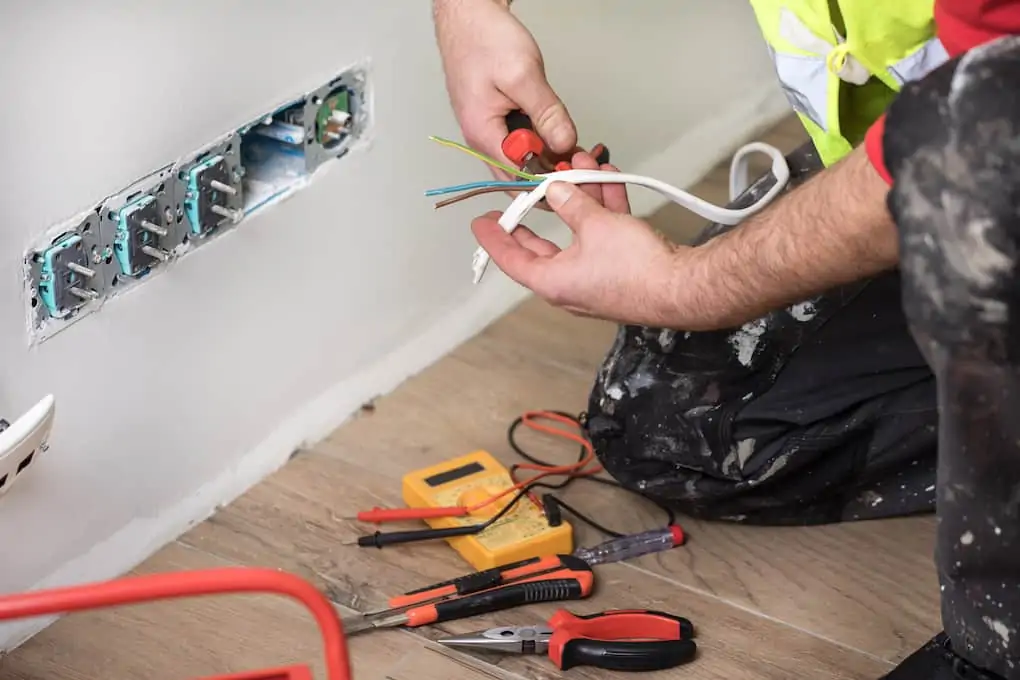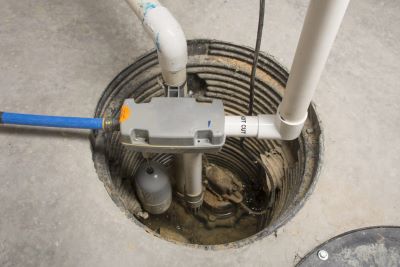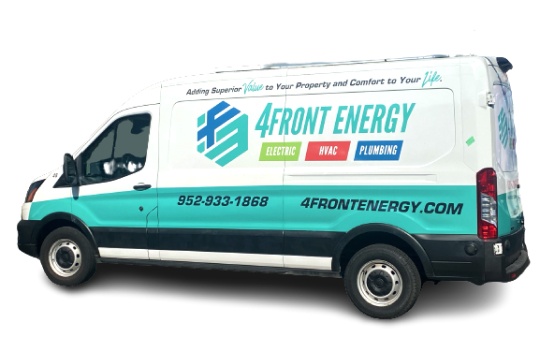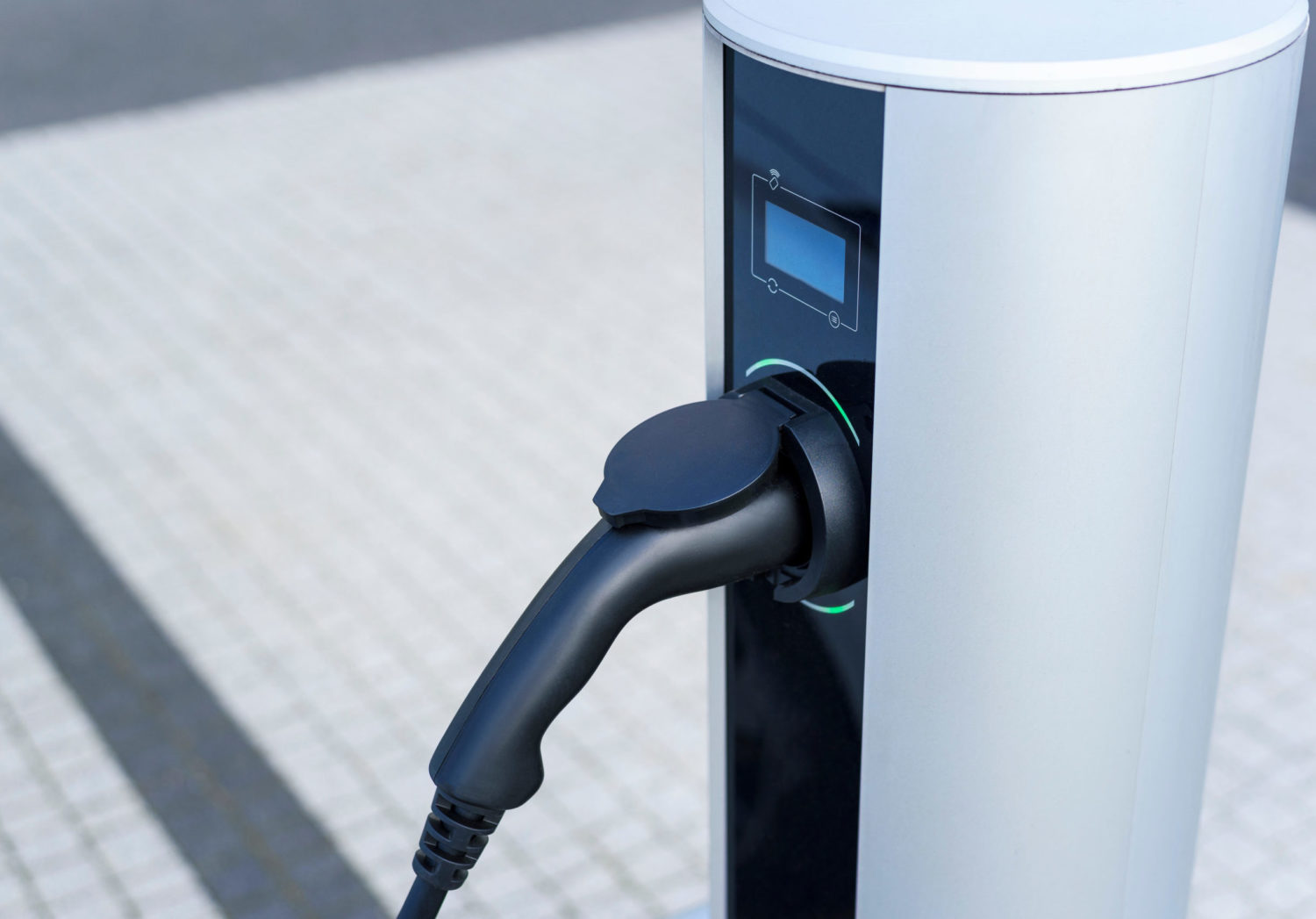
If you’re in the market for an electric vehicle (EV), you’ve probably noticed numerous acronyms, numbers, and hard-to-understand terms in your research. Maybe you’ve come across “EVSE,” which stands for “Electric Vehicle Supply Equipment,” and are unsure how it applies to electric vehicle ownership.
We’re here to break down EVSE in a way that’s easy to digest so that you can feel confident taking on the EV world. We’ll cover:
-
The explanation of EVSE,
-
The main components
-
Features & perks, and
-
Different types of EVSE systems
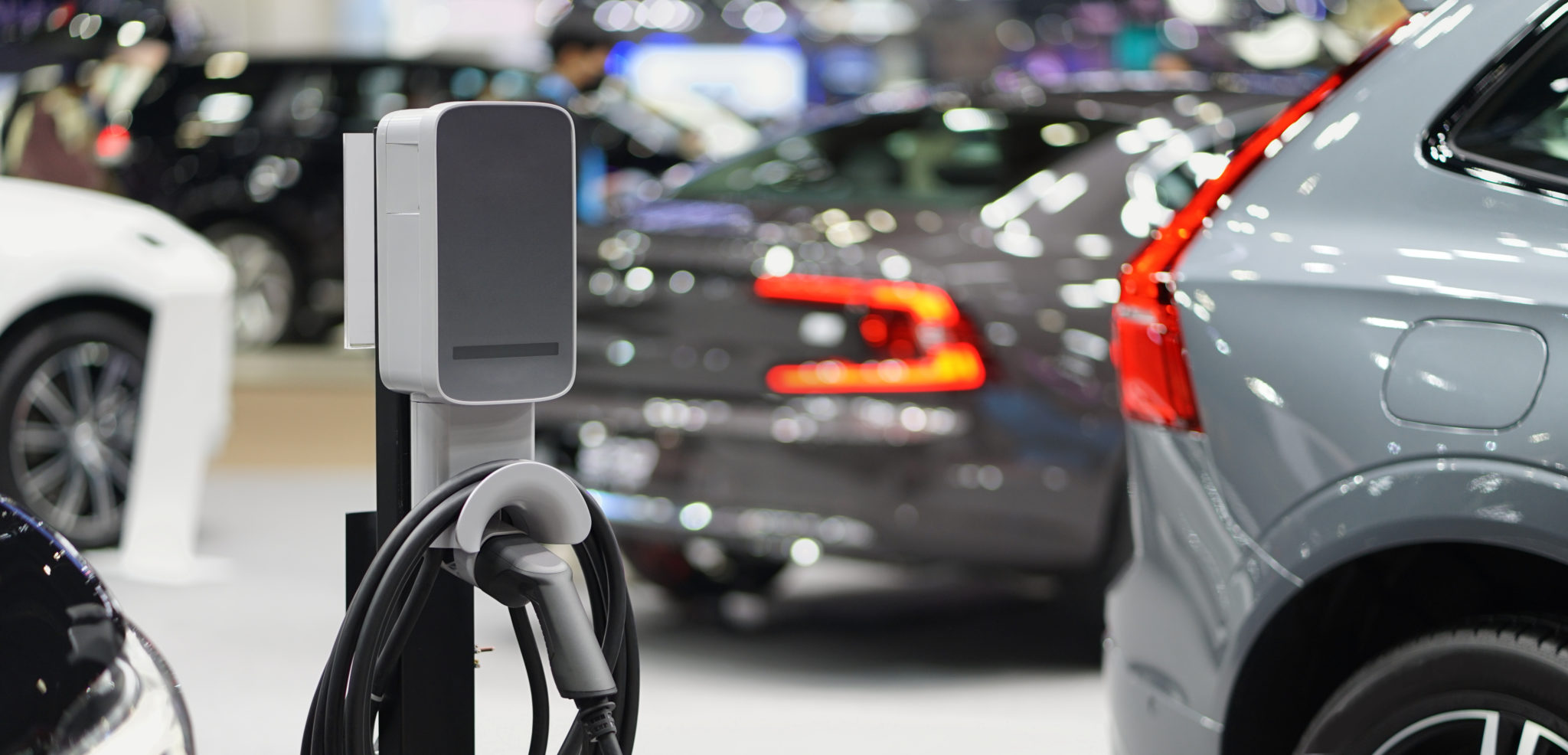
What Is EVSE, Really?
Electric Vehicle Supply Equipment (EVSE) is a less-common term for charging stations or charging docks for electric vehicles. Even though “charging station” is more common and easily understood, EVSE is actually more accurate to all the components that make up the system.
The National Electronics Manufacturers Association (NEMA) defines EVSEs as:
-
“Devices that provide electric power to the vehicle and use that to recharge the vehicle’s batteries. EVSE systems include the electrical conductors, related equipment, software, and communications protocols that deliver energy efficiently and safely to the vehicle.”
So calling an EVSE a “charger” isn’t totally accurate in the way you might think of a phone charger. EVSEs aren’t simply plugs or cords, but there are different protocols, software, and equipment that allows the entire system to work effectively to charge an EV car and keep everything safe.
The Components of EVSEs
So, EVSEs aren’t just a cord. They have multiple components that make up the entire charging system, but what are those components? The three main components of an EVSE are:
-
The software
-
The enclosure
-
The plug
Software: Makes Everything Run 💾
The software in an EVSE makes sure everything runs smoothly, and it includes communications protocols. Most of the behind-the-scenes details that ensure the charging cord is properly connected to the car, the car is ready to charge, and the charging station is in working order are all handled by software.
One of the most recent and helpful upgrades in the world of EV software is called Open Charge Point Protocol (OCPP).
OCPP is an application protocol— a structure that allows completely different programs to interact with each other. (Think about pairing a Bluetooth speaker to your cell phone.)
OCPP allows communication between EV charging stations and their central management system, which provides a way for charging stations to function alongside management systems from different vendors (something that is becoming more and more prominent as more manufacturers enter the EV space).
Enclosure: Holds the Power Supply 📦
The enclosure of an EVSE can look different depending on the type, but you’ll commonly see wall mounts or towers at public places like gas stations or hotels. The enclosure holds the power supply, the main relay which switches power to the vehicle, and the control module that manages the main relay.
Plug: Connects the EVSE to the Car 🔌
Even though the plug may seem like the most simple and straightforward aspect of an EVSE, it can actually be the most confusing part sometimes. This is because different charging stations use different plug connectors.
The plug is usually determined by the region and the level of the station (more on that later). Since plugs can be so different across the board, some EVSE manufacturers build charging stations with a variety of connector types. Plus, EV owners commonly carry adapters with them while on the road.
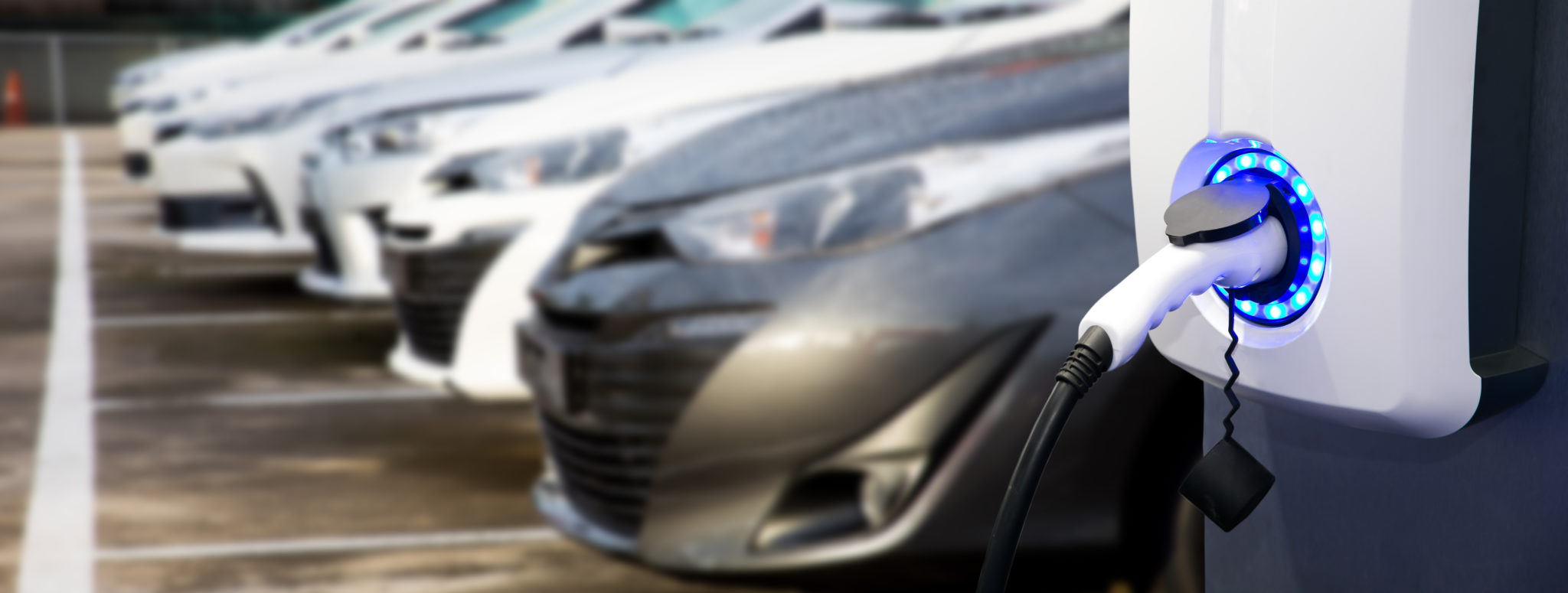
Features & Perks of EVSEs
Electric Vehicle Supply Equipment is pretty impressive— the equipment is designed and engineered to keep you, your car, your home, and the charging system safe during the recharging process. There are numerous safety and convenience features on EVSEs, including:
-
-
Automatic disconnect when a hardware fault is detected (avoids risks like battery damage, electrical shorting, or fires)
-
Auto-restart after power outages
-
Auto short circuit and ground fault shut-off
-
-
Breakway safety cables
-
-
Conforms to The Society of Automotive Engineers’ requirements
-
Enclosures meet the NEMA standards for user safety
-
Ground fault monitors eliminate the need for monthly user testing
-
-
Integrated cable storage
-
Power-sharing senses other large electrical loads in use in your house and pauses EV charging til the load is lessened
-
Regulated electrical current ensures the optimal current is used that falls within the maximum current the car can handle
-
Safety lock-out features prevent the electrical current from overflowing when the charger isn’t connected to the vehicle
-
Safety outlets ensure the car’s connection cable is properly and completely inserted before power will begin flowing
That’s a lot of incredible safety features and perks that ensure everything is in working order when using an EVSE system. Whether you use an EVSE at home or on the road, reputable manufacturers construct them with safety and ultimate performance in mind.
Different Types of EVSE Systems
EVSE systems were not created equally, just like how electric vehicles weren’t. Although it would be convenient if all EVs and EVSEs were exactly the same, a competitive market keeps that from happening.
There are three descriptors that make up a specific type of EVSE: mode, level, and type. But before we dive further into those factors, we need to touch on AC and DC electric power.
In this case, AC and DC power aren’t a world-famous rock band but different kinds of electrical currents used when charging EVs. While traditional vehicles use gas for fuel, EVs use AC or DC power.
-
Alternating Current (AC): The power that comes from the grid is always AC. Electricity in homes and businesses runs on AC power. Most EV charging stations use AC power, but it needs to get converted into DC power to feed the car’s battery.
-
Direct Current (DC): DC power was actually the first type of electricity developed by Thomas Edison. DC power is an electric current that constantly runs in one direction. It’s the same type of power found in solar cells and batteries. DC chargers for EVs are bigger, faster, and can feed power directly to the car’s battery without a separate converter.
Now, if you see AC or DC mentioned in the following descriptions, you’ll have a better idea of what they mean.

Mode
The mode is how the EVSE connects to the electrical grid. There are four modes an EVSE could have:
-
Mode 1: Plugs into a household AC socket but is generally not permitted in most regions because it lacks special safety considerations.
-
Mode 2: Also plugs into a standard household AC outlet but includes safety features in an in-cable control box (ICCB).
-
Mode 3: Plugs into a charging station or wall box for an AC charge and doesn’t include an ICCB. European EV owners often have to bring their own Mode 3 cable to use public charging stations.
-
Mode 4: Reserved for high-speed DC charging at charging stations.
Level
EV charging levels are commonly used as descriptors for charging stations. The level indicates how much electric power is delivered to the vehicle during charging. The levels are:
-
Level 1: 120V (volts) and 1.8kW (kilowatts). Delivers the most basic, but slowest, charge. The most common charger in homes.
-
Level 2: 240V. Most homes have 240v outlets to power larger appliances. Level 2 chargers are twice as powerful and faster than Level 1.
-
Level 3 (or DC 1 and 2): 480V and more than 350kW. Level 3 AC charging is technically DC level fast charging. It is the fastest way to charge an EV, but it’s the least common.
Type
Last but not least, we have the type. The type refers to the vehicle interface, and unfortunately, there is no global standard type. There are unique interfaces for AC charging based on location:
-
North America and Korea: J1772 Type 1 for AC charging and CCS1 for DC charging
-
Europe: IEC Type 2 for AC and CCS2 for DC
-
Japan: J1772 Type 1 for AC and CHAdeMO for DC
-
China: GB/T for AC and a unique DC interface
Tesla models of EVs have their own unique type of interface. Reference this chart to see what each type looks like:

Need EVSE Help? Count On 4Front Energy
EVSEs are pretty incredible systems that allow more and more people to make the switch to electric energy and away from traditional fuel. If you’re ready to make the switch to an electric vehicle, the knowledgeable team at 4Front Energy can help install an EVSE for your home.
We’ll help you understand the different types of charging stations, power sources, and adapters so that you never feel unprepared before hitting the road.
Contact us today with any questions or to set up a free consultation!


